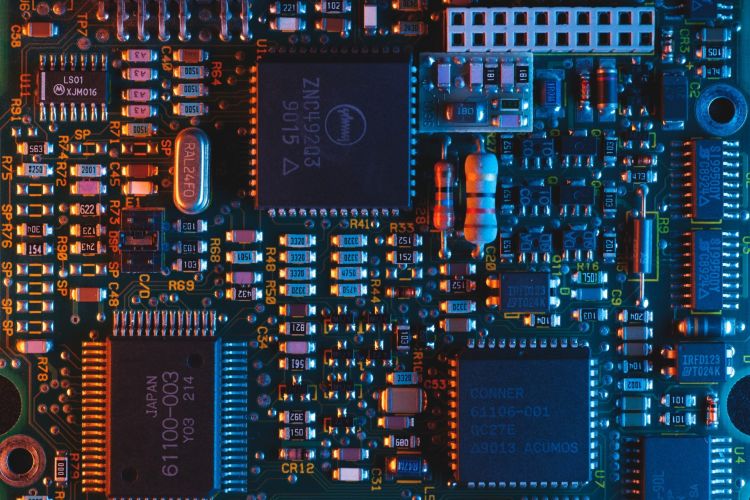
Driving a Successful & Proactive Tech Refresh
Every day, the lack of investment in security technologies decreases the efficacy of global security teams that support business change. A high level of technical debt hampers security teams. Maintaining these obsolete technologies consumes resources that could be used in a better way.
Cloud Solutions
Organizations should embrace a contemporary, integrated, cloud-based architecture for a more successful refresh approach. Organizations have a compelling starting point for their tech refresh program by utilizing modern cloud-based technologies, resulting in above-average capability.
Easy Integration
This should come as no surprise given the ease with which cloud-based solutions can be integrated. Modern cloud-based solutions often include “out of the box” integrations or are easily integrated via APIs.
These integration skills are critical for security leaders because “ease of integration” is a significant factor in solution selection – the most important driver of technological decisions. Ease of integration was supposed to lower implementation risk by necessitating less deployment work instead of maintaining “best of breed” solutions up to date.
Given the shift away from “best of breed” solutions and toward many integrated technologies, a cloud-based strategy is crucial to ensuring that each of these independent but integrated technologies is up to date with the latest and greatest security capabilities.
Who Should Consider an Upgrade?
The frequency of improvements is an essential component in keeping up with business transformation. Those that followed a quarterly upgrade program outperformed those who followed an annual upgrade policy in terms of ability to stay up.
Even if a business has an organized, frequent refresh program, what determines the refresh frequency is still significant. The vendor relationship is the most typical motivator.
A refresh might be triggered by a vendor-determined schedule or as part of a consolidation effort. According to our research, these were critical determinants in more than 65 percent of firms with a great technology refresh performance, as opposed to those who either led their projects or just reacted. In comparison, less than half of firms that used a reactive strategy managed a significant technology refresh.
This could be due to a variety of factors. Vendors frequently have a broader perspective across several firms in many industries and countries, and this could aid them in understanding new needs and adapting to change more rapidly.
One could argue that these are observations that would naturally be made by us, given that we are vendors ourselves. However, the essential factor is the value received from better-managed security — a universal benefit.
Final Thoughts
The pace of business change drives new technologies both drive and, and this enables more dynamic firms to address their specific markets faster and more quickly. Keeping up with the change demanded by their business colleagues is a constant struggle for security teams.
Adaptation via a proactive technology refresh strategy will support rather than hinder change, and our research indicates the best approaches to accomplish all of the best business benefits.
So, what can we take away from this research? Adhere to a set of principles when designing and developing security architectures:
- Maintain technology as updated as possible.
- Assist in the implementation of consolidated, cloud-based architectures.
- Include updates regularly, preferably once a quarter.
- Show how vendors can help with the refresh program.
These will improve your chances of meeting business objectives while also delivering a better-managed set of security functions. Keep an eye out for our next blog in the series, which will discuss the practical issues of creating a well-integrated technical architecture.



